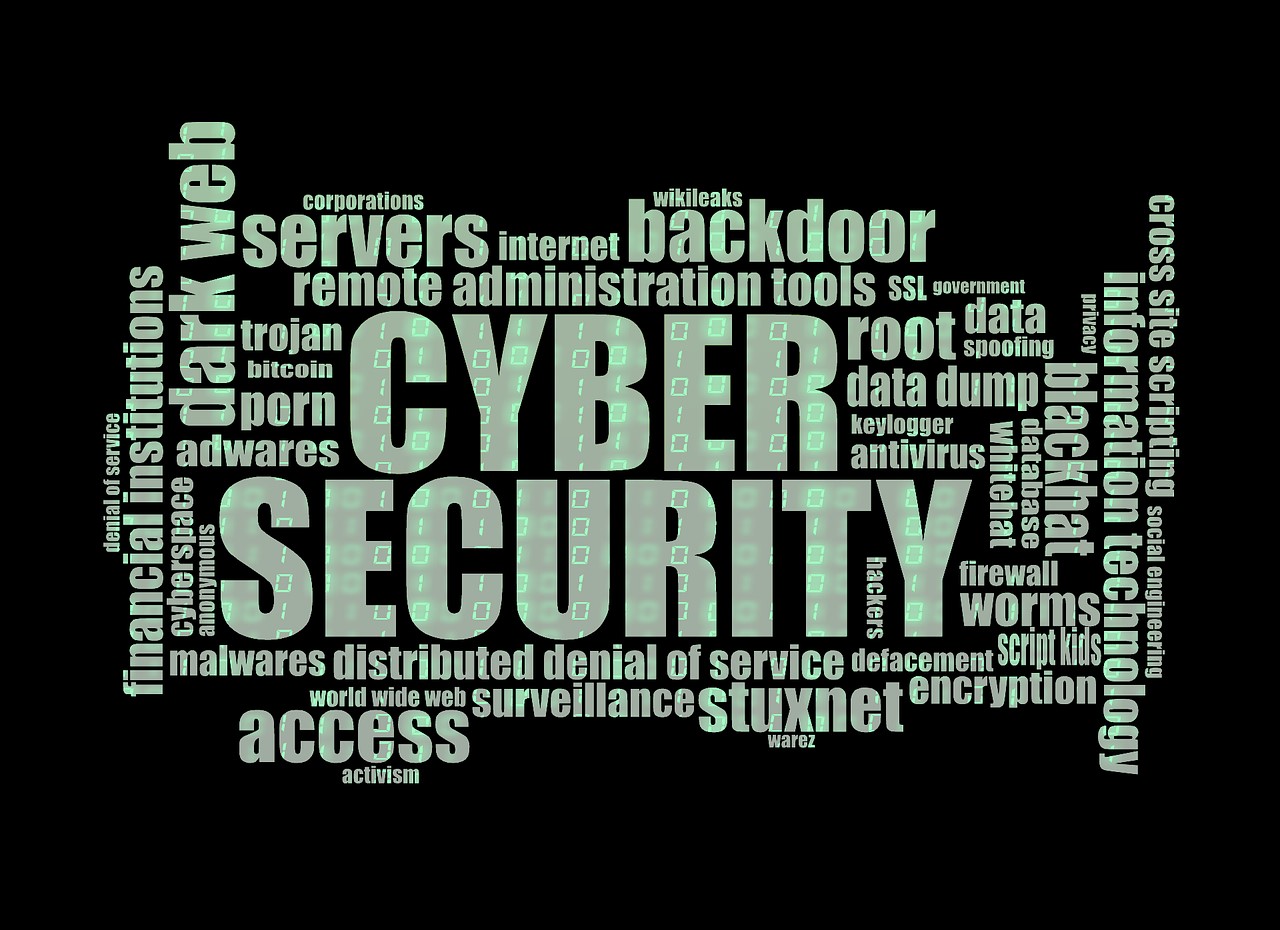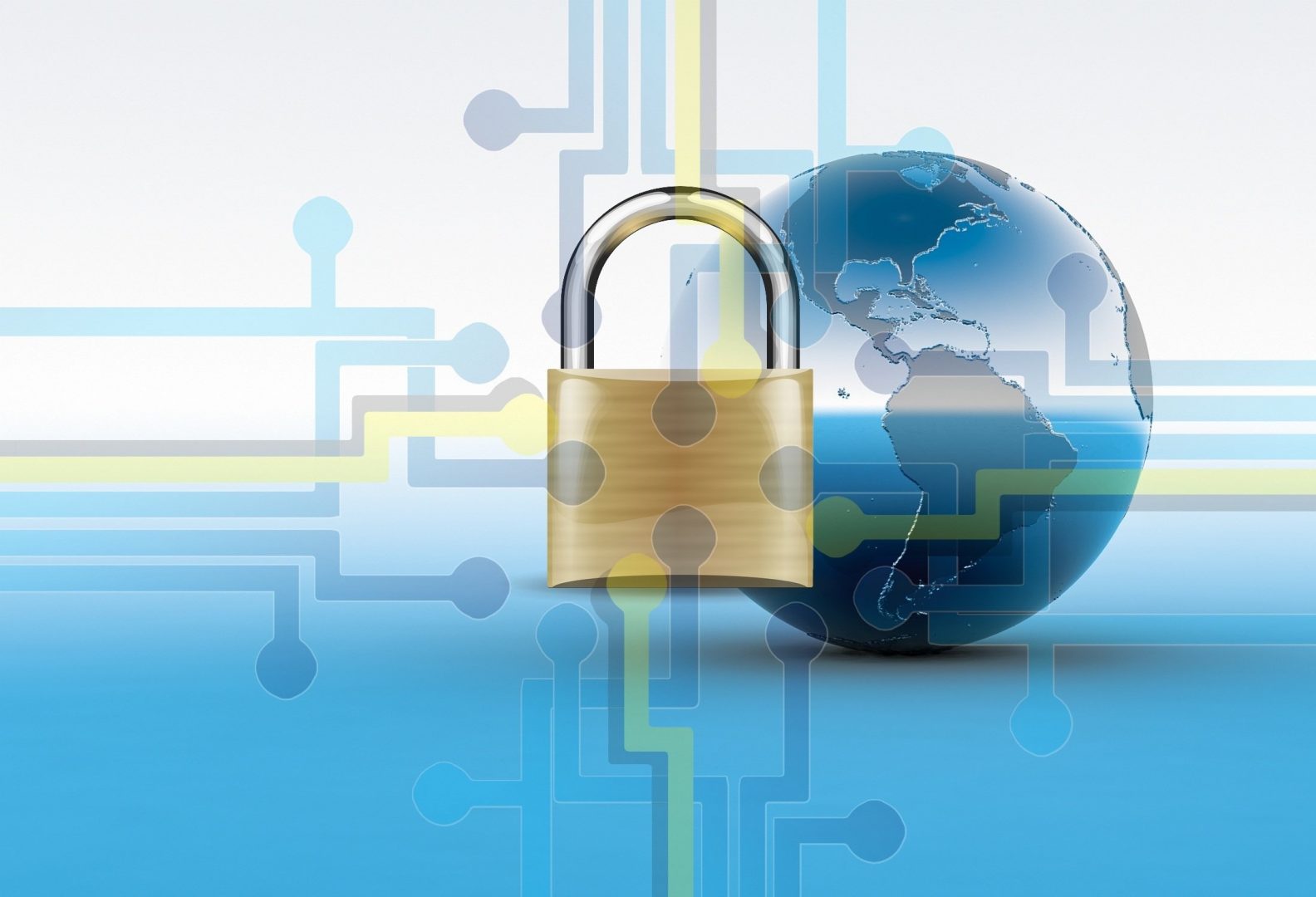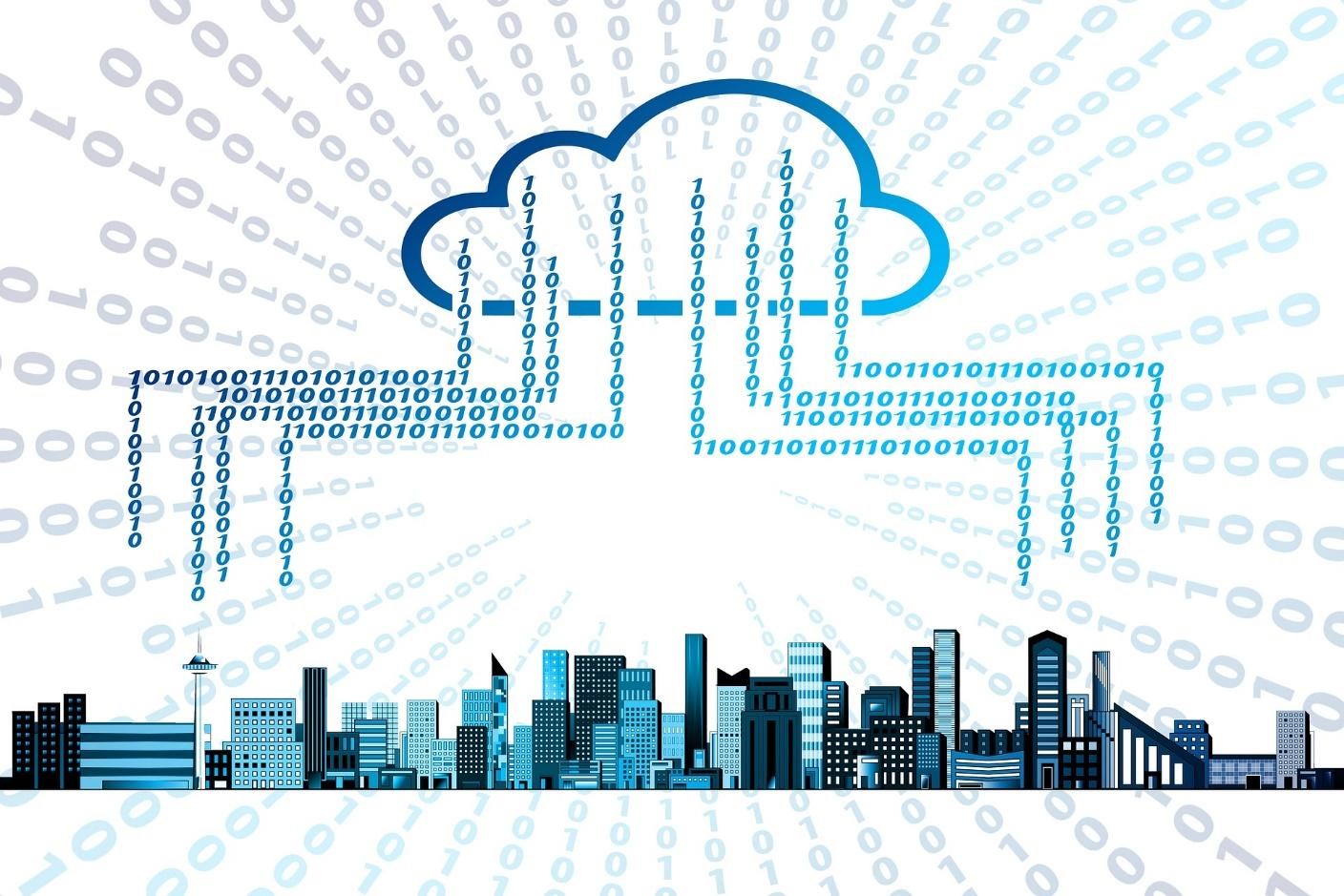Since the pandemic started, everyone has been wearing masks, making them all resemble the stereotype of a bank robber: someone in a mask, holding a weapon, and handing a note across the counter to the bank teller.
However, modern bank robbers can operate from anywhere in the world and drain bank accounts from a computer using internet techniques like malware, ransomware, and credentials that have been stolen. Strong cybersecurity in the banking sector is required as more individuals rely on online or mobile financial transactions and employ cashless payment methods to protect consumer assets by defending the bank’s networks, software, devices, and data from assaults.
Cyberthreats and cybersecurity in Banking
A successful attack by a modern bank robber using a cyber threat can last longer and be far more deadly than a classic one. Thousands of consumers may be impacted at once by a single hack on a banking system. A single hack has the potential to have a snowball effect, leading to credential theft or identity theft that harms bank clients long after the initial threat has passed.
The financial services sector is the one most frequently attacked by cyber threats, and the most common attack method used by cybercrime gangs is banking malware. among the biggest dangers to cybersecurity in banking are:
- Manipulated data
- Spoofing
- Third-party services and lax security measures
- Social engineering and phishing attacks
- Unencrypted data
Below are the main dangers that banks and other financial institutions are expected to face throughout 2022. Let’s look at these.
• Ransomware
For several years now, ransomware has been a massive nuisance for businesses all over the world, and it doesn’t appear that this will change anytime soon. This type of cybercrime locks users out of the system and encrypts user files before asking for money to let users back in.
Organizations hit by ransomware attacks may experience prolonged system crippling, especially if they don’t have backups. It’s also not assured that paying these thieves’ ransoms will lead to the restoration of access to your systems.this a major problem of cybersecurity in banking
• Attacks on the supply chain
Targeting a software company and then distributing malicious code to customers and other parties in the supply chain via products or updates that superficially appear to be legal is becoming an increasingly common practice among hackers. Through these attacks, fraudsters are able to access the networks of the supplier’s clients and corrupt the distribution systems of cybersecurity in banking systems.
• Consistent dangers of working remotely
The use of remote work, hybrid workforces, and cloud-based software platforms has almost become standard as the pandemic approaches its third year. Additionally, this implies that financial organizations now more than ever have possible cybersecurity in banking weaknesses. Extra caution is required because employees are no longer always accessing data on the organization-controlled systems and networks.
• Social engineering
Social engineering is one of the biggest dangers to banking and finance. People are frequently the weakest link in the security chain since they can be duped into divulging important information and login credentials. Customers and employees of a bank may both be impacted by this.
Social engineering can take many different forms, such as phishing, whaling, or the distribution of fake invoices that appear to be from a reliable source. It’s crucial to keep your staff up to date on social engineering techniques and how these threats are developing.
• An increase in cloud-based cyberattacks
Cybercriminals have pounced on the fact that more software systems and data are being housed in the cloud, making cloud-based attacks one of the most pervasive cyber threats to the banking sector. In order to prevent damaging breaches, banks must make sure that the cloud infrastructure is configured securely.
Some examples of cyberattacks at banks
Over the past few years, banks and other financial institutions have been the target of numerous cyberattacks, that are a severe problem for cybersecurity in banking. Several instances include:
- In 2020 a ransomware attack on Flagstar Bank in the USA was seen, where hackers published customer personal information online in an effort to demand money from the bank.
- A prolonged DDoS attack on a network provider in 2020 forced the New Zealand Stock Exchange to cease operations.
- A data breach involving 7 million consumers’ personal information occurred in 2021 at the online stock trading platform Robinhood.
- In 2021, a cyberattack on the Pichincha Bank of Ecuador disrupted the ability of consumers to access cybersecurity in banking services.
Cybersecurity in banking; Issues
It can be difficult to try to put cybersecurity mitigation methods into practice in the banking industry. The following are some of the significant challenges that banks must overcome:
- Cybersecurity in banking skill gap occurs when the demand outweighs the supply of qualified workers.
- Uninformed staff members whose cybersecurity awareness training is either insufficient or out of date and does not take new dangers into account.
- inadequate funding to address cybersecurity in banking concerns.
- Employees’ usage of shoddy credentials facilitates hackers.
- Those looking to take advantage of mobile devices and banking apps target them.
Cybersecurity in banking; Solution for Issues
Banks and other financial institutions can still take precautions to guarantee that their systems are shielded against typical threats to financial services cybersecurity. This comprises:
- By collaborating with other businesses and security partners who provide managed services to help provide protection, the talent gap can be closed.
- putting in place ongoing security awareness training programs or evaluating current ones to make sure they’re up to date with the threat landscape.
- Investing in detection and reaction equipment that can assist in being proactive and thwarting an attack.
- Implement consumer education campaigns to prevent consumers from giving fraudsters access to their private information.
Cyber security’s importance – banking and communication
When it comes to promoting cybersecurity in banking and preventing financial cybersecurity events, communication is essential in banks and other financial institutions. Develop effective internal communication strategies to inform staff members of their responsibilities to protect data, report breaches, and stay notified of new dangers. Ensure that you have the right tools and resources to present the information in an interesting and compelling manner.
Through internal financial communications, banks can accomplish this in a number of ways, including:
- Corporate screensavers and backgrounds are used to alert staff of security concerns.
- Employees should receive security training, and you should periodically test their knowledge of cybersecurity in banking.
- Inform staff members about new threats so they can be on the lookout.
- Send helpful advice and pointers on cybersecurity in banking best practices on a regular basis; avoid overburdening with material all at once.
- To help reinforce your messages, use a number of communication methods.
Challenges in Financial Industry Cybersecurity
In order to be robust against cyber threats, it is essential to understand the difficulties that raise the cyber risks encountered by the financial industry. Since these problems are interrelated, a comprehensive strategy must be used to solve them.
• Constant digital innovation and transformation:
Financial institutions take up new technologies like cloud computing, AI, and digital services. Most FIs are using cloud-based software more frequently to improve data processing, fraud detection, and financial analytics capabilities. In the meantime, the COVID-19 epidemic has hastened the industry’s IT infrastructure transition (financial institutions’ digital transformation) as well as the rise of virtual banks and financial services. As a result of the digital transformation, businesses are operating an increasing number of new applications, gadgets, and infrastructure parts, which widens the attack surface. The dangers related to cybersecurity in banking for FIs and their clients have increased as a result of all of these issues.
While the development of new technologies has a substantial impact on the risk profile of the finance sector, they can also have a positive impact on risk management, such as enhancing cybersecurity in banking and compliance controls.
• Increasing reliance on technology and data
As financial institutions become more dependent on technology and data, they are confronted with a rapidly evolving regulatory environment. Regulatory authorities have increased regulations governing the financial services organizations they regulate in response to an increase in financial services cyber threats. It is becoming increasingly difficult to operate an FI worldwide due to increasing government regulation, which includes constantly changing data protection and privacy standards, in addition to cybersecurity in banking requirements. Since 2014, the National Institute of Science and Technology has published the Cybersecurity Framework (NIST), which outlines more than 30 cybersecurity regulations [5].
Despite the usefulness of regulations, complying with them can be time-consuming and expensive. CISOs spend 40% of their time resolving regulatory agency requirements, according to one study conducted by the Banking Policy Institute’s technology division (BITS) [5]. Complex regulatory environments also result in stricter enforcement and increased costs and fines due to increased regulatory expenses. A massive data breach in 2019 occurred when Capital One failed to identify and manage cyber risk, leading to a fine of $80 million by the US government in August 2020. Recently, Capital One announced that it reached a $190 million settlement with a class-action lawsuit related to a massive hack of its cloud network on Amazon Web Services in 2019. This resulted in the theft of 100 million clients’ private information.
• Complex Supply Chain Ecosystem:
In order to fulfill their digital operations, most financial institutions rely on third-party service providers. Third-party service providers may pose a weakness in the chain of cybersecurity, even if the FI’s own security systems are very robust against cyber attacks. Malicious code is being delivered to customers in the supply chain via product downloads or updates that seem genuine by threat actors targeting software vendors. By doing so, threat actors gain access to networks of the suppliers’ customers and compromise their software distribution systems.
The SolarWinds breach was a supply chain attack [8], one of the most significant in recent years. Thousands of organizations, including banks and government agencies, were infected with malware through SolarWinds’ network. Because the financial services sector relies heavily on third-party suppliers and service providers over whom it has little or no control over cybersecurity, the SolarWinds breach serves as a powerful reminder of its vulnerability to cyberattacks. Businesses will be forced to deal with more cybersecurity in banking risks in the future as regulators place a greater emphasis on operational resilience and business continuity.
• Hybrid Workplace:
In the last few years, organizations have been exposed to greater risk because of changes to the way they work accelerated by COVID-19, such as hybrid workspaces combining in-office and remote workers. It has become almost unavoidable to work remotely, coordinate a hybrid workforce, and utilize cloud-based software as a result of the pandemic, which is in its third year. In order to enable remote access, communication, and collaboration, businesses were forced to rapidly adopt new technologies. Therefore, hybrid workplaces increase the complexity of IT systems, expand the attack surface, and increase the risks associated with cyber-attacks.
The Need for a Threat-Centric Approach
In order to mitigate ever-evolving threats, financial institutions must improve their defenses as cybercriminals develop new tactics and techniques. The financial sector can achieve this by implementing a People, Process, Technology (PPT) framework that can adapt to threats and learn from them in order to implement a threat-centric strategy. For maximum security, banks and financial institutions must develop a cybercrime response strategy that resists an initial attack and continuously maintains their resilience to emerging threats.
Cyberattack prevention and detection solutions are deployed across most financial institutions’ infrastructures. It is common for these security layers to be siloed, however. It is crucial to identify and fix security gaps across the network and endpoints through effective security controls. The importance of having a sufficient budget for cybersecurity in banking cannot be overstated, but neither can the importance of utilizing security devices effectively once they have been purchased.
Conclusion
There will be cyber risks for financial services firms well into 2022. In order to improve assurance, IT and security leaders in this sector must continue to invest in the right combination of technology and expertise. The continuous validation of security controls can significantly improve a company’s security posture, even though there is no one-size-fits-all strategy for cybersecurity. The combination of this approach and the transition from reactive to proactive security will enable financial institutions to deal more effectively with emerging threats









